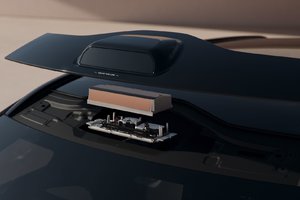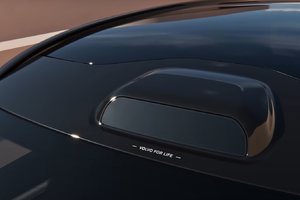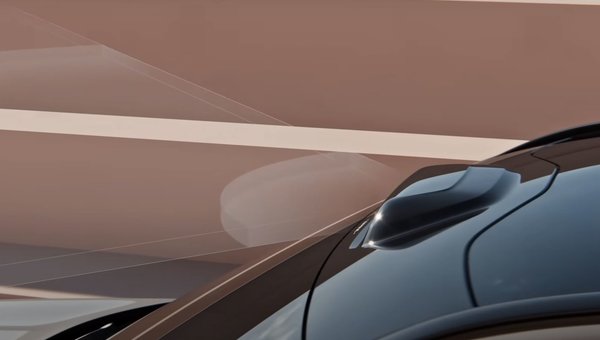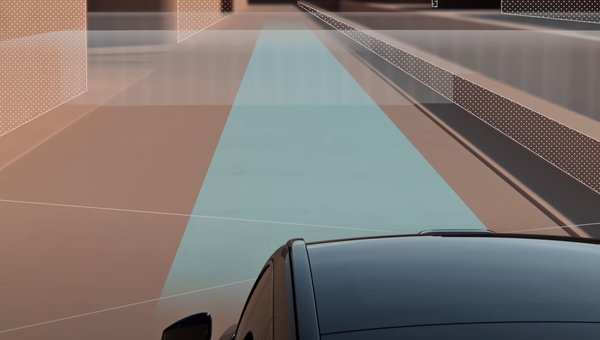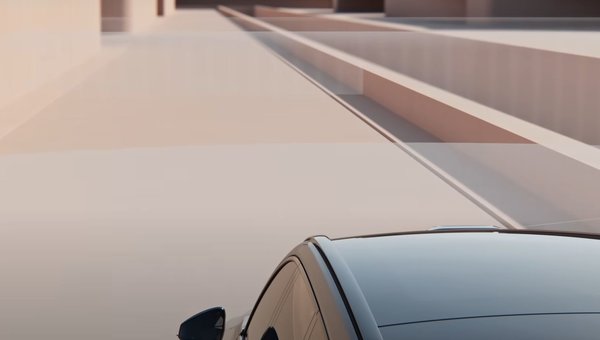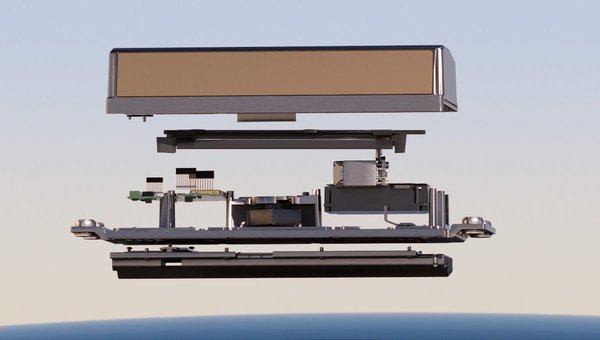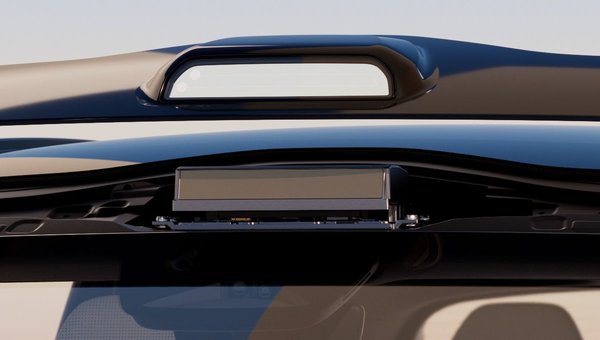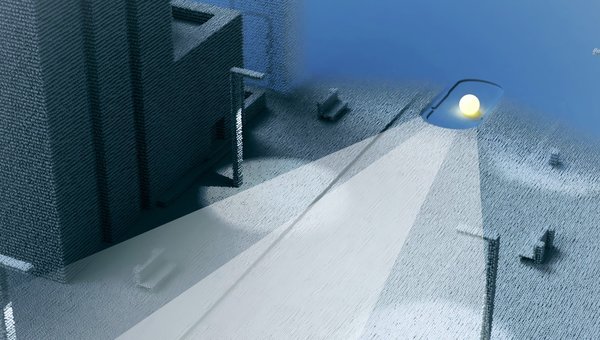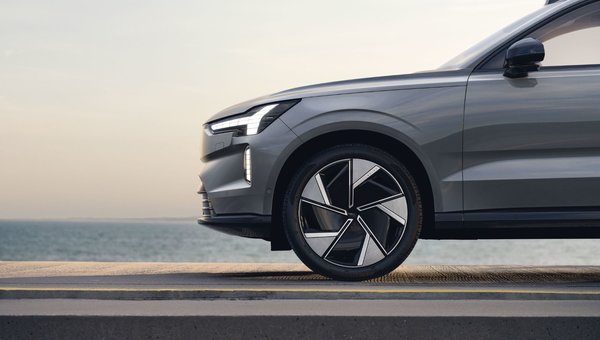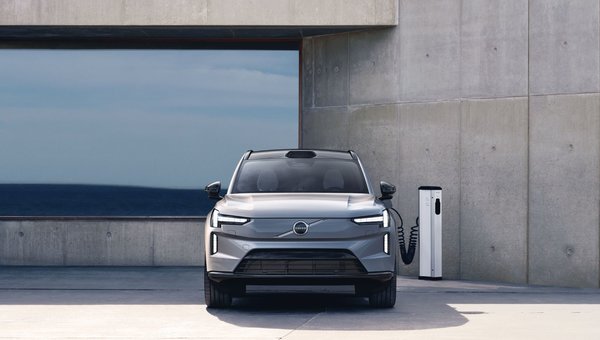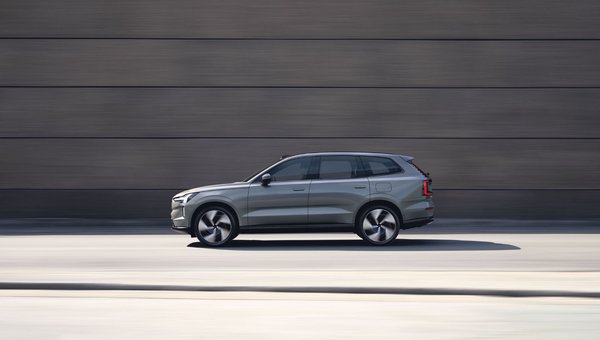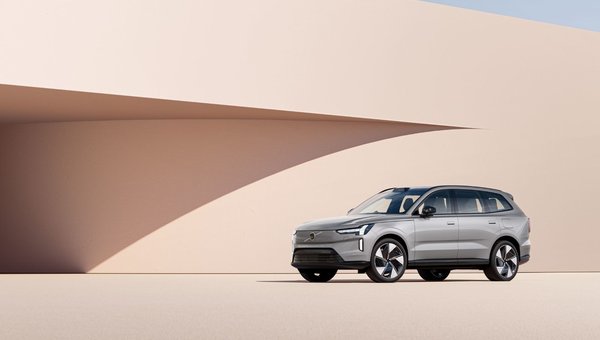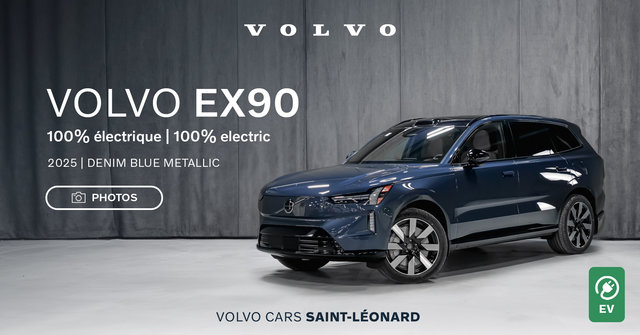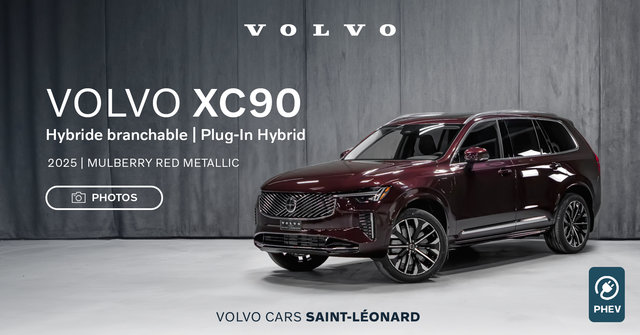Check out the real images of one of our first 2025 Volvo XEX90 in DENIM BLUE METALLIC color and in the PLUS trim. Stock number reference: #V25272
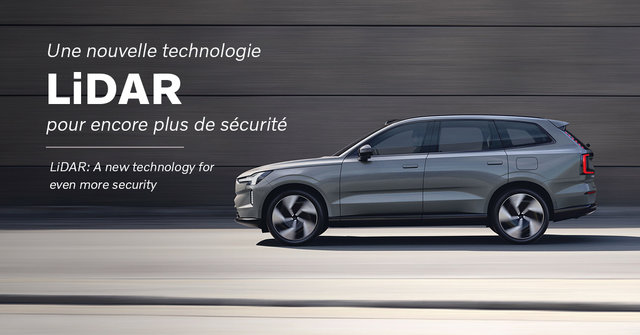
Volvo's goal remains the same: zero deaths and serious injuries in their vehicles. To achieve this goal, the brand has been deploying a range of technologies to protect occupants since 1960, from the three-point seatbelt to the pedestrian airbag and, more recently, limiting the speed of Volvo cars to 180 km/h.
But all these innovations are not enough; to protect all users in the vehicle or on the road, a Volvo must predict dangers. So, in collaboration with Luminar, the Swedish brand is now incorporating LiDAR technology for added safety.
We explain everything in this article!

How LiDAR technology works and its advantages
Behind its futuristic acronym, Luminar's technology is based on high performance sensors (LiDAR). These emit millions of laser pulses to detect the presence of objects while scanning the environment in 3D, creating a temporary map in real time.

For example, the on-board system is able to detect objects and calculate their distances within a 360-degree radius - helping your Volvo to prevent potential accidents.
« Equipping our future cars with the means to make the right safety decisions is a major step in this direction. » - Henrik Green
With five radars, eight cameras and sixteen ultrasonic sensors, your Volvo will now drive with a safety shield; an additional safety advantage considering the changing weather conditions on our Quebec roads.
Safety... but not only that!
But LiDAR technology is not limited to protecting occupants!
In a world that is becoming more autonomous, it allows Volvo vehicles to drive 100% autonomously (on the highway) after confirmation from LiDAR that the geographical environment and external conditions meet all the safety standards set by Volvo.
« Soon your Volvo will be able to drive on the highway in autonomous mode [...] From then on, your Volvo will take responsibility for driving. You can relax, take your eyes off the road and your hands off the wheel” - Henrik Green
Finally, LiDAR technology will benefit from updates over the years that will allow autonomous driving in other environments: "Over time, remote updates will expand the areas where the car can drive autonomously.”
Watch the Volvo Cars CEO's announcement about new safety features in our vehicles including LiDAR technology:
Which models will be equipped?
To take advantage of the new LiDAR technology, you must order a Volvo that has the new modular system - the SPA2. To date, the new Volvo EX90 is the first vehicle equipped with this technology.
The brand, however, plans to deploy LiDAR technology on all its future cars based on the SP2 platform. We will keep you informed when the time comes!
In the meantime, our sales team will be glads to assist you with additional information or any questions regrading the new Volvo EX90 and it's new features.
Other Articles That May Interest You
Check out the real images of one of our first new 2025.5 Volvo XC90 Plug-In Hybrid in MULBERRY RED METALLIC color and in the PLUS trim. Stock number reference: #V25271 Visit our new vehicle inventory
Check out the real images of one of our first 2025 Volvo XC90 in CRYSTAL WHITE METALLIC color and in the ULTRA trim. Stock number reference: #V25004 Visit our new vehicle inventory
























